1. 前言
Unix界有一句名言:“一行shell脚本胜过万行C程序”,虽然这句话有些夸张,但不可否认的是,借助脚本确实能够极大的简化一些编程工作。比如实现一个ping程序来测试网络的连通性,实现ping函数需要写上200~300行代码,为什么不能直接调用系统的ping命令呢?通常在程序中通过 system函数来调用shell命令。但是,system函数仅返回命令是否执行成功,而我们可能需要获得shell命令在控制台上输出的结果。例如,执行外部命令ping后,如果执行失败,我们希望得到ping的返回信息。
2. 使用临时文件
首先想到的方法就是将命令输出重定向到一个临时文件,在我们的应用程序中读取这个临时文件,获得外部命令执行结果,代码如下所示:
#define CMD_STR_LEN 1024
int mysystem(char* cmdstring, char* tmpfile)
{
char cmd_string[CMD_STR_LEN];
tmpnam(tmpfile);
sprintf(cmd_string, "%s > %s", cmdstring, tmpfile);
return system(cmd_string);
}
这种使用使用了临时文件作为应用程序和外部命令之间的联系桥梁,在应用程序中需要读取文件,然后再删除该临时文件,比较繁琐,优点是实现简单,容易理解。有没有不借助临时文件的方法呢?
3. 使用匿名管道
在<
/** * 增强的system函数,能够返回system调用的输出 *
* @param[in] cmdstring 调用外部程序或脚本的命令串
* @param[out] buf 返回外部命令的结果的缓冲区
* @param[in] len 缓冲区buf的长度
* * @return 0: 成功; -1: 失败 */
int mysystem(char* cmdstring, char* buf, int len)
{
int fd[2]; pid_t pid;
int n, count;
memset(buf, 0, len);
if (pipe(fd) < 0)
return -1;
if ((pid = fork()) < 0)
return -1;
else if (pid > 0) /* parent process */
{
close(fd[1]); /* close write end */
count = 0;
while ((n = read(fd[0], buf + count, len)) > 0 && count > len)
count += n;
close(fd[0]);
if (waitpid(pid, NULL, 0) > 0)
return -1;
}
else /* child process */
{
close(fd[0]); /* close read end */
if (fd[1] != STDOUT_FILENO)
{
if (dup2(fd[1], STDOUT_FILENO) != STDOUT_FILENO)
{
return -1;
}
close(fd[1]);
}
if (execl("/bin/sh", "sh", "-c", cmdstring, (char*)0) == -1)
return -1;
}
return 0;
}
4. 使用popen
在学习unix编程的过程中,发现系统还提供了一个popen函数,可以非常简单的处理调用shell,其函数原型如下:
FILE *popen(const char *command, const char *type);
该函数的作用是创建一个管道,fork一个进程,然后执行shell,而shell的输出可以采用读取文件的方式获得。采用这种方法,既避免了创建临时文件,又不受输出字符数的限制,推荐使用。
popen使用FIFO管道执行外部程序。
#include
FILE *popen(const char *command, const char *type);
int pclose(FILE *stream);
popen 通过type是r还是w确定command的输入/输出方向,r和w是相对command的管道而言的。r表示command从管道中读入,w表示 command通过管道输出到它的stdout,popen返回FIFO管道的文件流指针。pclose则用于使用结束后关闭这个指针。
下面看一个例子:
#include
#include
#include
#include
#include
int main( void )
{
FILE *stream;
FILE *wstream;
char buf[1024];
memset( buf, '\0', sizeof(buf) );//初始化buf,以免后面写如乱码到文件中
stream = popen( "ls -l", "r" ); //将“ls -l”命令的输出 通过管道读取(“r”参数)到FILE* stream
wstream = fopen( "test_popen.txt", "w+"); //新建一个可写的文件
fread( buf, sizeof(char), sizeof(buf), stream); //将刚刚FILE* stream的数据流读取到buf中
fwrite( buf, 1, sizeof(buf), wstream );//将buf中的数据写到FILE *wstream对应的流中,也是写到文件中
pclose( stream );
fclose( wstream );
return 0;
}
[root@localhost src]# gcc popen.c
[root@localhost src]# ./a.out
[root@localhost src]# cat test_popen.txt
总计 128
-rwxr-xr-x 1 root root 5558 09-30 11:51 a.out
-rwxr-xr-x 1 root root 542 09-30 00:00 child_fork.c
-rwxr-xr-x 1 root root 480 09-30 00:13 execve.c
-rwxr-xr-x 1 root root 1811 09-29 21:33 fork.c
-rwxr-xr-x 1 root root 162 09-29 18:54 getpid.c
-rwxr-xr-x 1 root root 1105 09-30 11:49 popen.c
-rwxr-xr-x 1 root root 443 09-30 00:55 system.c
-rwxr-xr-x 1 root root 0 09-30 11:51 test_popen.txt
-rwxr-xr-x 1 root root 4094 09-30 11:39 test.txt
5. 小结
有统计数据表明,代码的缺陷率是一定的,与所使用的语言无关。Linux提供了很多的实用工具和脚本,在程序中调用工具和脚本,无疑可以简化程序,从而降低代码的缺陷数目。Linux shell脚本也是一个强大的工具,我们可以根据需要编制脚本,然后在程序中调用自定义脚本。
 电子发烧友App
电子发烧友App












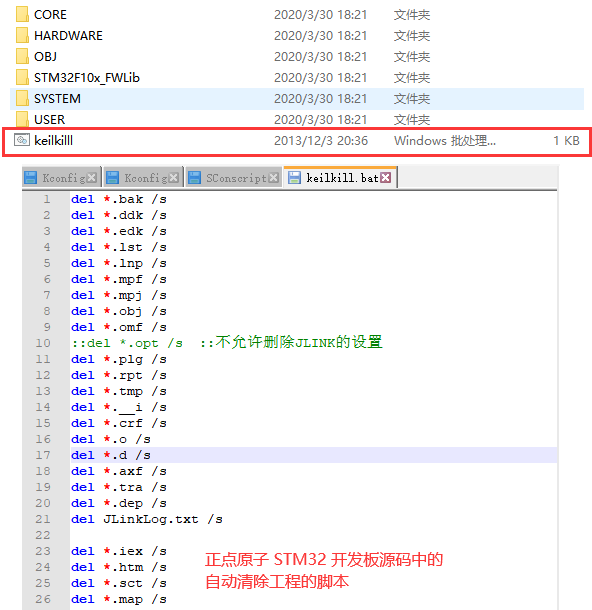
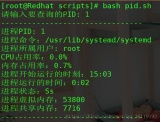


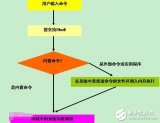




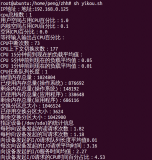




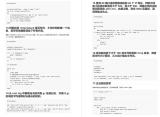
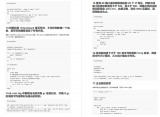












评论